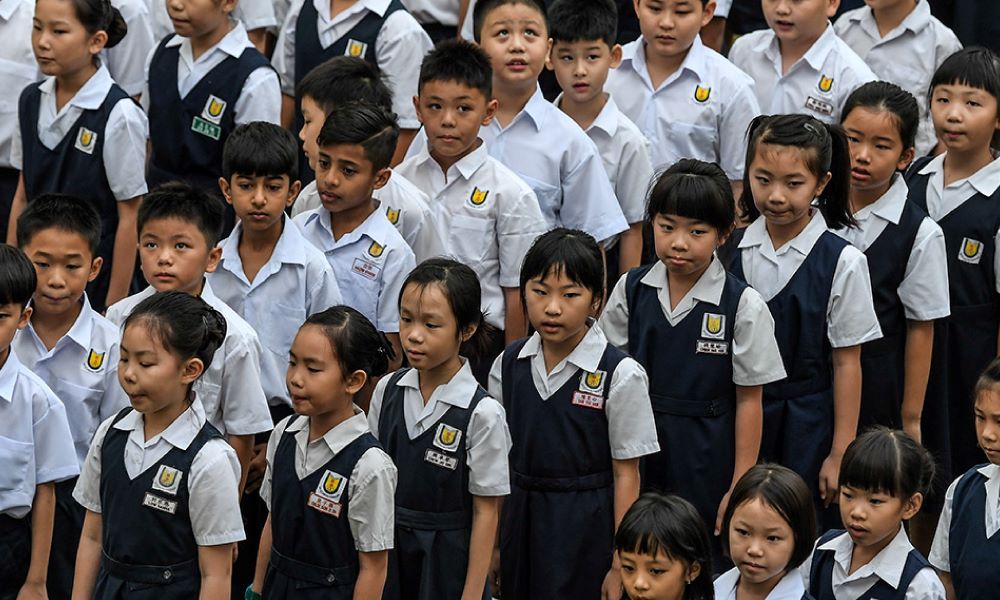Many Malay parents choose to enrol their children in Chinese schools primarily to facilitate Mandarin language acquisition.
What they found beyond Mandarin

However, beyond linguistic advantages, these institutions offer comprehensive educational experiences, as highlighted by Aminah, a parent from Seri Kembangan, in an exclusive interview with NST.
Aminah, a parent from Seri Kembangan, initially chose a vernacular school for her child to gain a competitive edge in Mandarin.
“These days, it is common to see people having a good command of English, so Chinese schools are a good avenue for my daughter to learn Mandarin,” she explains.
Yet, as time progressed, Aminah found herself appreciating the holistic approach these schools take towards education. She notes the active involvement of parents in their children’s development, a stark contrast to her experience in national schools.
Regular updates from teachers on her daughter’s progress and the provision of after-school daycare for working parents were among the benefits she encountered.
Affordability is key
Financial considerations also play a role in parents’ decisions, as Aminah highlights nominal fees for extracurricular activities. “I paid an annual computer class fee of less than RM100 and about RM50 for a ukulele monthly class at the school,” she mentions, illustrating the affordability of these enriching programs.
Moreover, the tradition of alumni contributions and fundraising events further supports the school’s offerings.
Noor Hazwani, another parent from Ampang Jaya, agrees that teaching Mandarin in Chinese schools is a priority for her three kids.
Despite noting the rigorous academic demands, she stresses that the value derived from extracurricular activities offered within the school. Hazwani appreciates the accessibility and affordability of programs like gymnastics and robotics, which are often expensive when sourced from private companies.
More Malays in Chinese schools

More Malays, along with other non-Chinese students, joining Chinese vernacular schools show how education is changing in Malaysia.
According to the Education Ministry, this trend has steadily increased from 9.5% in 2010 to 15.33% in 2020. Such statistics reflect not only the recognition of Mandarin as a valuable skill but also the broader appeal of the educational experience these schools provide.



